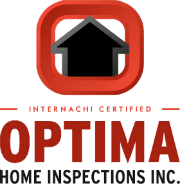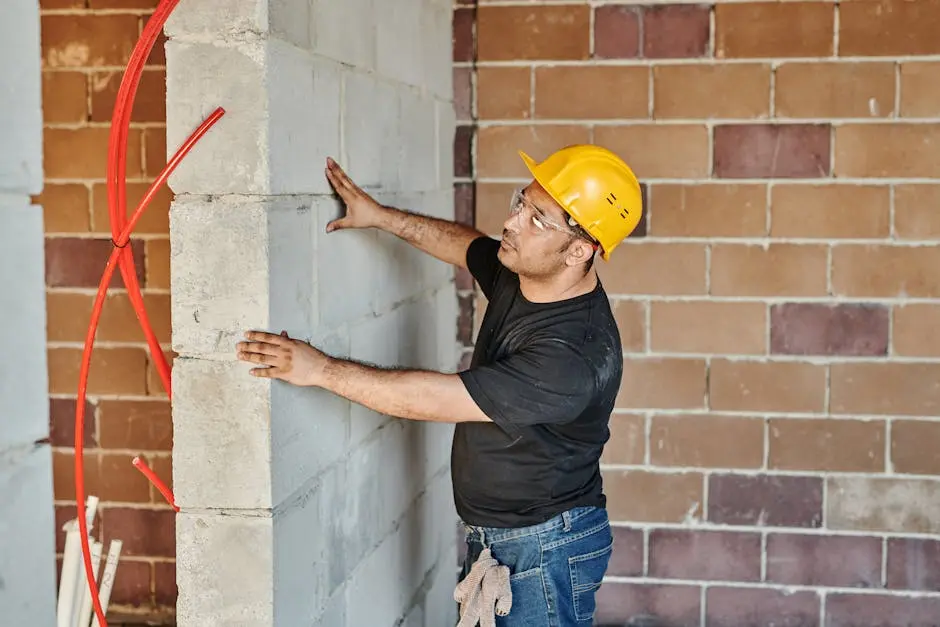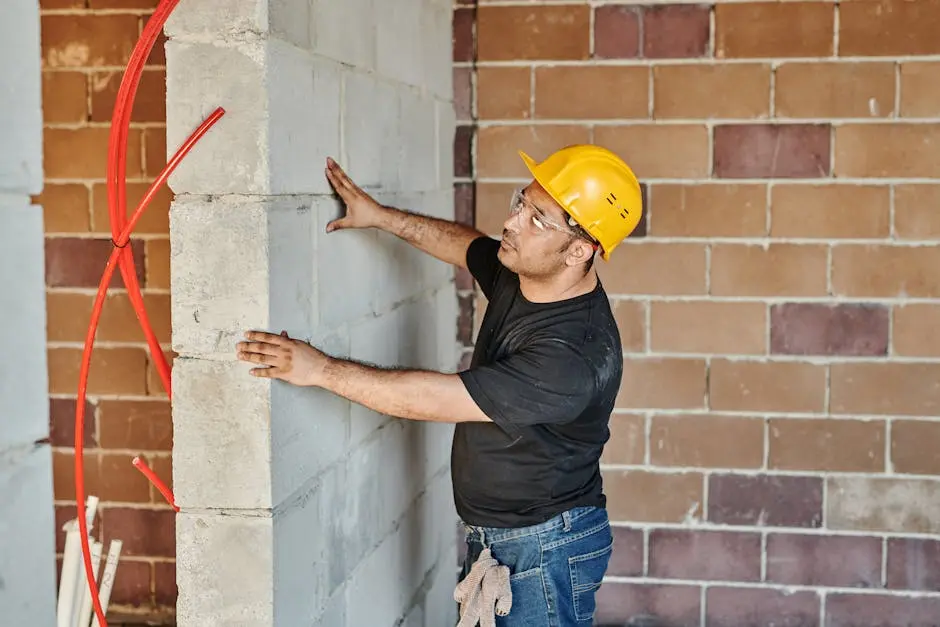Buying a new home is an exciting journey, but it also comes with its own set of responsibilities, like the all-important home inspection. A thorough understanding of what a new home inspection entails can make a world of difference in your home-buying experience.
What is a New Home Inspection?
Let’s start by understanding what a new home inspection is and why it’s so important. It’s an essential process where a professional inspector examines the home to identify any potential issues or necessary repairs. The primary aim is to ensure that the home is safe and livable, free of potential hazards, and that it functions as it should. This process not only alleviates buyer concerns but also adds value and transparency to the real estate transaction. It’s a way to avoid unpleasant surprises long after the purchase is completed. A new home inspection offers peace of mind as it bridges the gap between what the seller is promising and what actually exists, offering a comprehensive view of the home’s condition.
Many buyers wonder if they really need an inspection for a brand new home. The answer is a resounding yes. Even newly-built homes can hide problems not visible to the untrained eye. During construction, errors might have been made, and sometimes vital aspects of the construction might not meet local building codes. Issues with the foundation, electrical systems, or plumbing are just some of the concerns that might need addressing. A detailed inspection ensures that the builder has complied with all necessary building standards and requirements and assures the buyer that all finishes meet quality expectations.
Exterior Elements: Roof, Walls, and Foundation
The inspector will begin outside, checking the roof for signs of damage, the walls for cracks and the foundation for any structural issues. This ensures the home’s exterior is as sturdy as it should be. The roof, for instance, protects the entire home from the elements. Small problems, like loose shingles or improper sealing, can lead to major water damage over time. Similarly, walls and foundations need to be solid, as any crack or shift could spell trouble that requires costly repairs. The inspection of these components is crucial, especially in regions prone to heavy weather. A thorough foundation check can reveal issues like settling, which could potentially affect the entire house’s integrity.
Furthermore, drainage around the exterior is scrutinized to prevent water from pooling around the foundation. Water management systems such as gutters and downspouts are checked to ensure they direct water away efficiently, safeguarding the foundation from water seepage. The exterior inspection might also include an evaluation of the siding or bricks for moisture intrusion or damage. In addition to this, the inspector might check outdoor structures like decks, patios, and driveways for any irregularities that could be potential safety hazards.
Interior Systems: Plumbing, Electrical, and HVAC
Inside the home, key systems like plumbing, electrical, and HVAC are examined. Inspectors ensure these systems are in working order, avoiding costly surprises after move-in. Plumbing systems are checked for leaks, proper drainage, and water heater functionality. It’s essential to confirm that pipes and fixtures are free from corrosion and are working efficiently. Additionally, inspectors will assess the water pressure and the accuracy of the water meter connection.
Electrical systems undergo scrutiny to ensure wiring is safe and compliant with building codes. Here, the inspector will look at the electrical panel, circuit breakers, and outlets to ensure every outlet and switch functions correctly and that the electrical panel can handle the home’s power needs without tripping systems. The HVAC system is another critical component, ensuring that heating and cooling systems operate efficiently and are safe. This includes checking the condition of furnaces, air conditioning units, and ducts for wear and tear. Addressing any of these issues early can save future homeowners plenty of stress and money by preventing issues such as frozen pipes, electrical fires, or failure of heating and cooling systems.
Inspection of Appliances and Fixtures
From kitchen appliances to bathroom fixtures, the inspection covers all major appliances to make sure everything is functional and up to code. This step is particularly significant for built-in appliances which can be costly to replace if found faulty after purchase. Appliances like ovens, dishwashers, and garbage disposals are checked not just for functionality but for proper installation according to the manufacturer’s instructions.
Installation details, such as ensuring correct alignment of various parts and checking seals and hoses for wear or leaks, are all part of this thorough examination checklist. Moreover, fixtures in bathrooms, including faucets, toilets, and exhaust fans, are tested to ensure they operate properly. It’s not just about the appliances looking good; they need to perform efficiently and meet all safety standards. This detailed checklist ensures that new homeowners are left without any nasty or expensive surprises after they’ve moved in.
Evaluating Safety Features
The inspector also checks for essential safety features like smoke detectors, carbon monoxide detectors, and proper ventilation to ensure a safe living environment. A home cannot truly be a sanctuary unless these critical safety elements are installed correctly and function as they should. Smoke detectors, strategically placed and regularly tested, are your first line of defense in the event of a fire.
Similarly, carbon monoxide detectors ensure that this tasteless, odorless, and colorless gas, which can be deadly, is properly monitored. Inspectors also evaluate the home’s ventilation systems, ensuring that kitchens, bathrooms, and attics are adequately ventilated to prevent moisture buildup. Proper ventilation is also crucial for maintaining indoor air quality, especially in newer homes built with energy-efficient, airtight designs. In essence, a comprehensive safety features inspection ensures your new home is as safe as it is comfortable.
Wrapping Up Your New Home Inspection Journey
A new home inspection is a crucial step in ensuring your dream home is as perfect as it seems. By understanding these key elements, you can approach the home-buying process with confidence, knowing you’re making a well-informed decision. Visit Optima Home Inspections today to ensure your new home meets all standards.






